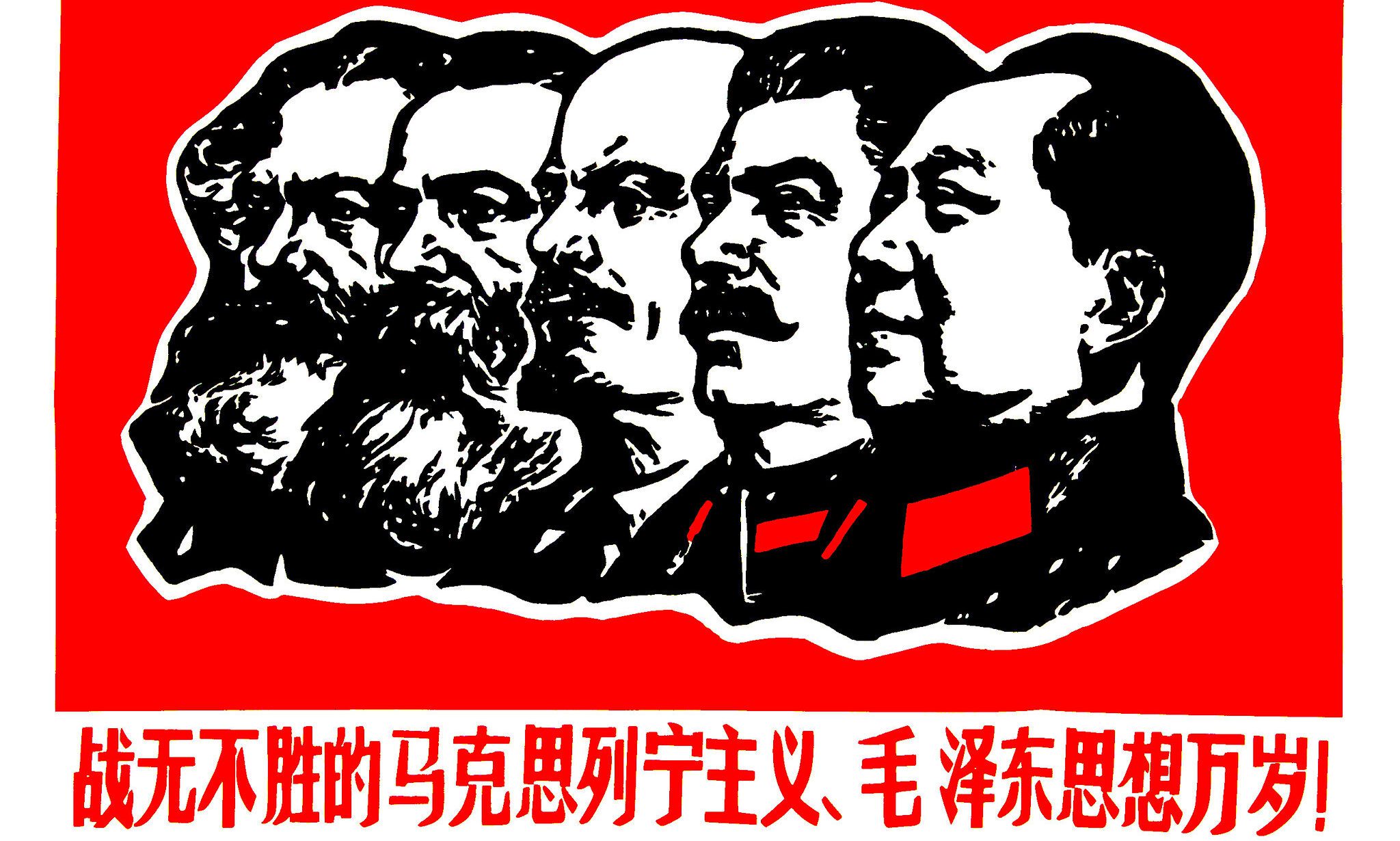
The doctrinal convergence between Beijing and Moscow is among the most important and underestimated elements uniting the de facto Sino-Russian alliance. It is rooted in the shared heritage of Marxism-Leninism, with its hyper-realism and aspects of social Darwinism.
In this context, Marxism-Leninism provides them with a conceptual framework to understand how the world works. It is not an ideology or a goal like world revolution, but rather something more important: a shared worldview. The Germans call this a “Weltanschauung” – a deeply internalized view of life or the world by an individual or group based on religion, ideology, or philosophy, usually an eclectic but coherent mix of all three. At times, certain elements of their respective worldviews may differ; one may include aspects that the other does not. However, these differences do not disrupt their relationship or cooperation.
Foundations of a Shared Worldview
The key concept of Leninist “Weltanschauung” is, in essence, a question: who will dominate whom? It is a concise expression of the fundamental nature of politics as a struggle for power – between individual players, social classes, or, in the case of international relations, opposing powers. This concept emphasizes the irreconcilable nature of such antagonisms and the necessity for one side to ultimately overthrow the other to secure its existence. This is why elites in Zhongnanhai and the Kremlin perceive the West as an existential threat.
No matter how often Western politicians talk about coexistence, shared interests, or the benefits of a rules-based international order for all sides, Chinese and Russian leaders view this as a mere smokescreen. They neither understand nor share such a worldview. In their formative years, they were socialized within a Marxist-Leninist “Weltanschauung.” For any authoritarian or totalitarian regime, an alternative is always a threat. For authoritarian Marxist-Leninists, the mere existence of democracy constitutes a mortal threat, and they will do everything to destroy it. At the same time, as long as this perceived threat exists, it will work as a strong binding of the de facto Sino-Russian alliance.
Mechanics of an Unconventional Alliance
The shared Sino-Russian “Weltanschauung” also explains how this relationship functions. There is no formal treaty, no formal coordination mechanism, and above all, no trust. The fundamental problem is that most Western observers try to project their own understanding of an international alliance and the way international politics operates – based on Western political and societal norms – onto China-Russia relations. In reality, they face completely different entities operating in a fundamentally unique way.
First, Chinese or Russian decision-makers trust no one, including each other. However, they trust their assessment of the other side’s interests. This evaluation is possible because of, and based on, the shared “Weltanschauung.” As long as they believe that the other side’s interests align with maintaining this alliance, and that the greater threat lies outside it, the relationship will remain strong. It can withstand frictions on peripheries and manage differences in regions like Africa, the Middle East, or Central Asia.
Second, they do not need as much coordination as the Western alliances. Their goal is to dismantle the existing international order rather than build a new one. By definition, this is a simpler task. Third, they share a deeply aligned worldview. Thanks to this, they do not need to coordinate closely, because both sides know exactly what to do, how to assess a situation, and even what the other partner expects them to do. This alignment is the most crucial factor making this relationship work in practice.
Last but not the least, the shared “Weltanschauung” gives them a common language to communicate in. As far as we know, Xi Jinping and Vladimir Putin do not share a spoken language and must communicate via interpreters. At the same time, however, they speak the same “language” of the Marxist-Leninist worldview. They use the same conceptual clichés and refer to the same political and social concepts. This allows for instant mutual understanding, and even if they cannot communicate directly, they are connected by a mutual understanding to a degree that no Western interlocutor – even one fluent in their native languages – could achieve.
From Ideology to Strategic Practice
To fully understand how a shared worldview cements the Sino-Russian alliance, one must grasp the difference between Marxism-Leninism as an ideology and Marxist-Leninist “Weltanschauung.” For example, according to Marx and his followers, the majority of humanity is exploited and controlled by a minority that uses the economic system to its systematic advantage. In this framework, the way to liberate the majority is to seize and transform the economic system and its fundamentals through political – and, if necessary, violent – means.
The current Chinese and Russian leaders recognize and accept this analysis, but they draw practical conclusions for their own purposes. They view control over the economy as a means to preserve and consolidate their political power. The economy, for them, is a political tool, not an end in itself, as it is for most Westerners. This is why most Western observers did not believe in 2022 that Putin would attack Ukraine; they thought that it would be economic suicide for Russia. In contrast, it is likely that the leadership of the Chinese Communist Party had no problem understanding Putin’s logic.
Written by
Michał Bogusz
boguszmichalMichał Bogusz is a China Research Fellow at OSW (Centre for Asian Studies), Warsaw, Poland. He graduated in Political Science from the University of Gdańsk and International Relations from the Renmin University of China in Beijing, and holds a Ph.D. in Political Science. He has spent nearly nine years studying and working in China.


